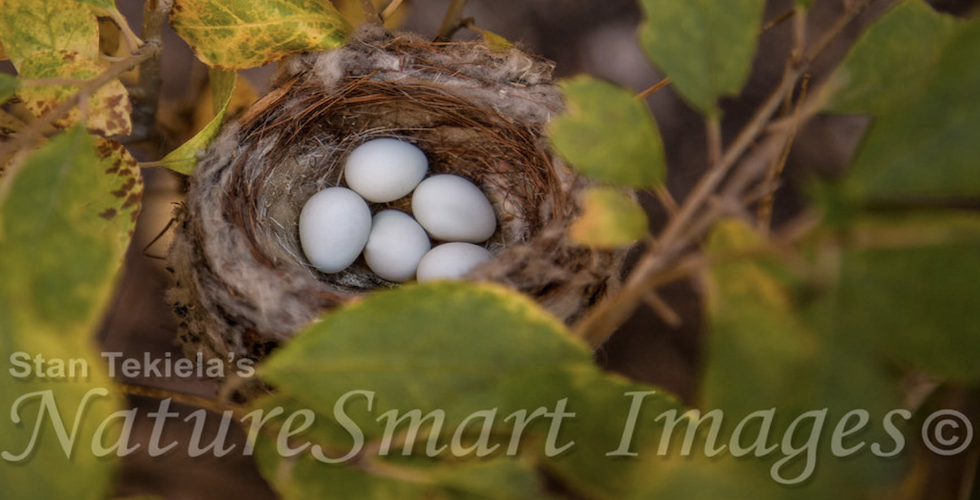
Birds’ Nests Come in all Shapes and Forms
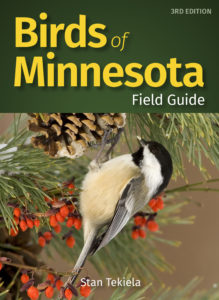 Stan Tekiela, author of Birds of Minnesota, tells us about the different nests you may find in your neighborhood. They come in all different shapes and forms!
Stan Tekiela, author of Birds of Minnesota, tells us about the different nests you may find in your neighborhood. They come in all different shapes and forms!
Birds’ nests are a true feat of engineering. Imagine constructing a home that’s strong enough to weather storms, large enough to hold your entire family, insulated enough to shelter them from cold and heat, and waterproof enough to keep out rain. Think about building it without blueprints or directions and using mainly your feet. Birds do this!
Scouting for the Right Site
Before building, birds must select an appropriate site. In some species, such as the House Wren, the male picks out several potential sites and assembles small twigs in each. The “extra” nests, called dummy nests, discourage other birds from using any nearby cavities for their nests. The male takes the female around and shows her the choices. After choosing her favorite, she finishes the construction.
In other species, such as the Baltimore Oriole, the female selects the site and builds the nest, while the male offers an occasional suggestion. Each bird species has its own nest-building routine that is strictly followed.
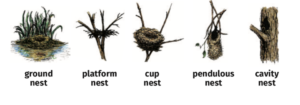
Nesting material often consists of natural items found in the immediate area. Most nests consist of plant fibers (such as bark from grapevines), sticks, mud, dried grass, feathers, fur, or soft and fuzzy tufts from thistle. Some birds, including Ruby-throated Hummingbirds, use spiderwebs to glue nest materials together.
The transportation of nesting materials is limited to the amount a bird can hold or carry. Birds must make many trips afield to gather enough material to complete a nest. Most nests take four days or more, and hundreds, if not thousands, of trips to build.
Different Kinds of Birds’ Nests, and there is even a No Nest!
A ground nest can be a mound of vegetation on the ground or in the water. It can also be just a simple, shallow depression scraped in earth, stones, or sand. Killdeer and Horned Larks scrape out ground nests without adding any nesting material.
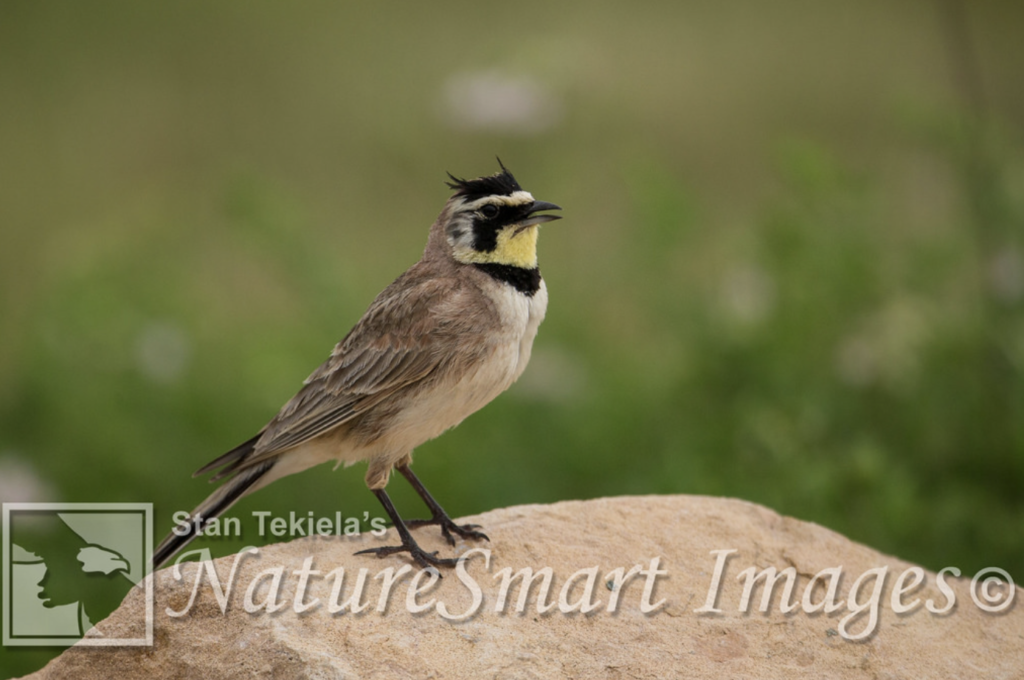
The platform nest represents a much more complex type of construction. Typically built with twigs or sticks and branches, this nest forms a platform and has a depression in the center to nestle the eggs. Platform nests can be in trees, on cliffs, bridges, balconies, man-made platforms, and even in flowerpots. They often provide space for the adventurous young and function as a landing platform for the parents.
Mourning Doves and herons don’t anchor their platform nests to trees, so these can tumble from branches during high winds and storms. Hawks, eagles, ospreys, and other birds construct sturdier platform nests with large sticks and branches.
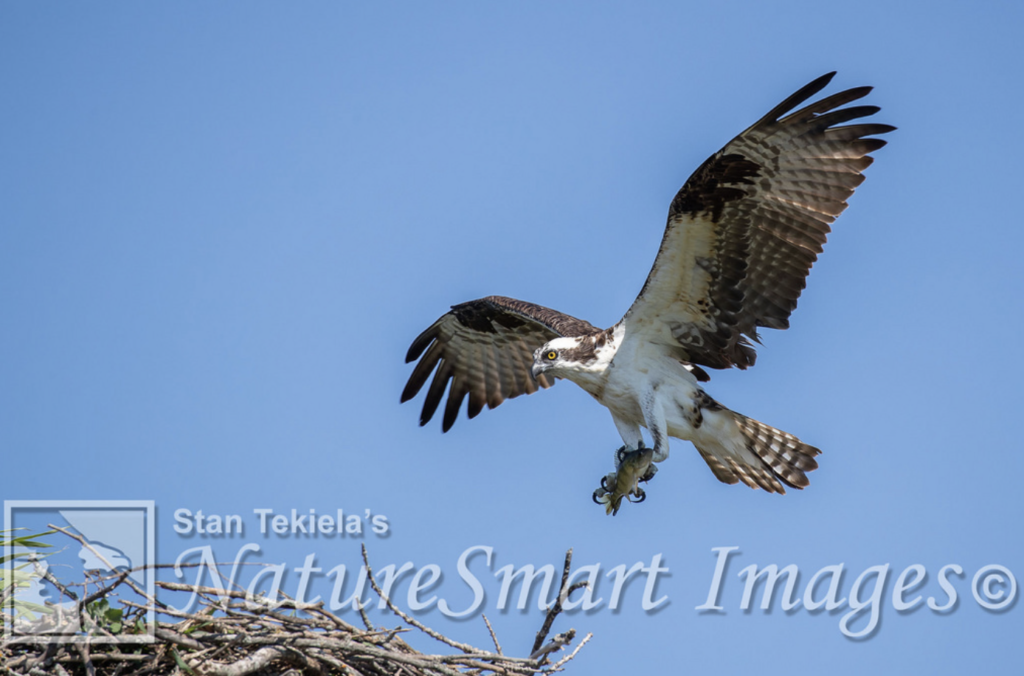
Other platform nests are constructed on the ground with mud, grass, and other vegetation from the area. Many waterfowl build platform nests on the ground near water or actually in the water. A floating platform nest moves with the water level, preventing the nest, eggs, and birds from being flooded.
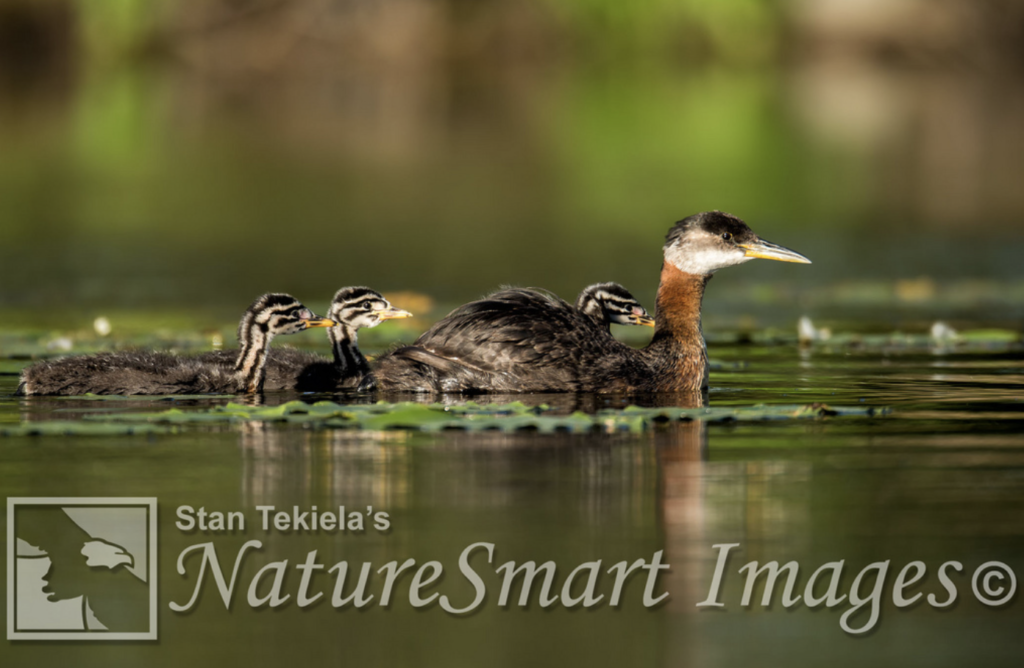
Three-quarters of all songbirds construct a cup nest, which is a modified platform nest. The supporting platform is built first and attached firmly to a tree, shrub, rock ledge, or the ground.
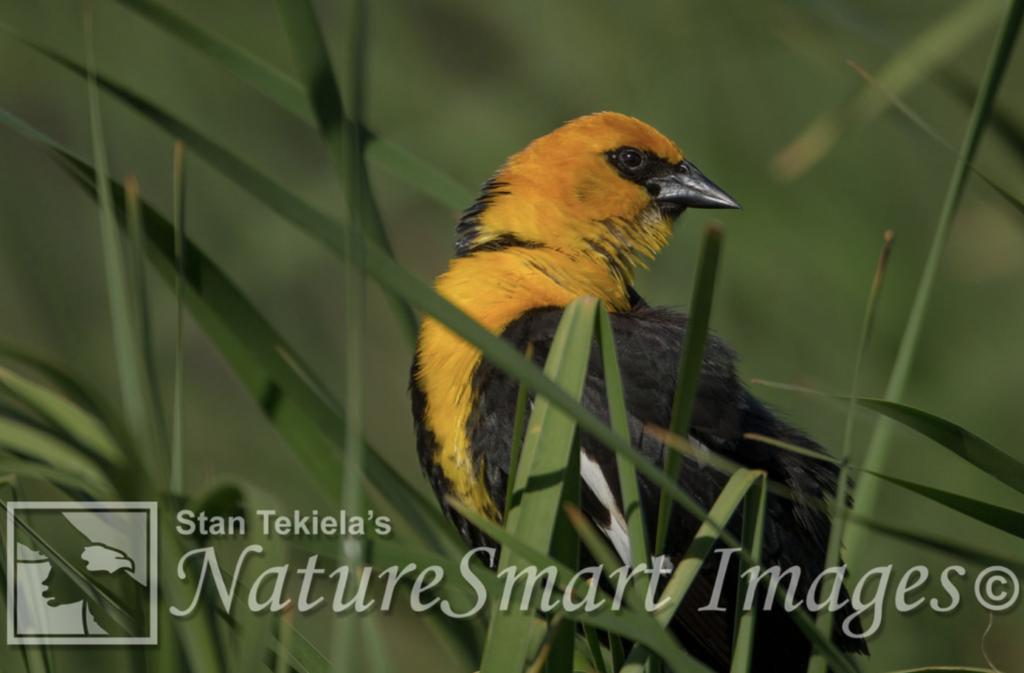
Next, the sides are constructed with grass, small twigs, bark, or leaves, which are woven together and often glued with mud for added strength. The inner cup can be lined with down feathers, animal fur or hair, or soft plant materials; it is contoured last.
The pendulous nest is an unusual nest that looks like a sock hanging from a branch. Attached to the end of small branches of trees, this unique nest is inaccessible to most predators and often waves wildly in
a breeze.
Woven tightly with plant fibers, the pendulous nest is strong, watertight, and takes up to a week to build. A small opening at the top or on the side allows parents access to the grass-lined interior. More commonly used by tropical birds, this complex nest has also been mastered by orioles and kinglets. It must be one heck of a ride to be inside one of these nests during a windy spring thunderstorm!
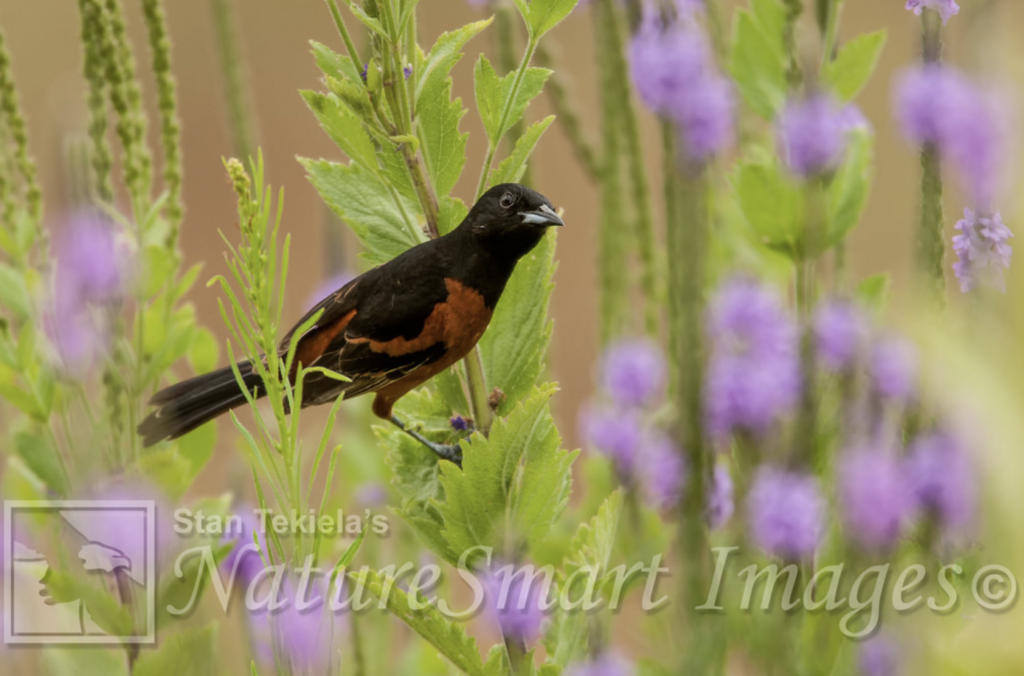
The cavity nest is used by many species of birds, most notably woodpeckers, owls, and wood ducks. A cavity nest is often excavated in a branch or tree trunk and offers shelter from storms, sun, cold, and predators. A small entrance hole in a tree can lead to a nest chamber, for example, up to a safe 10 inches (25 cm) deep.
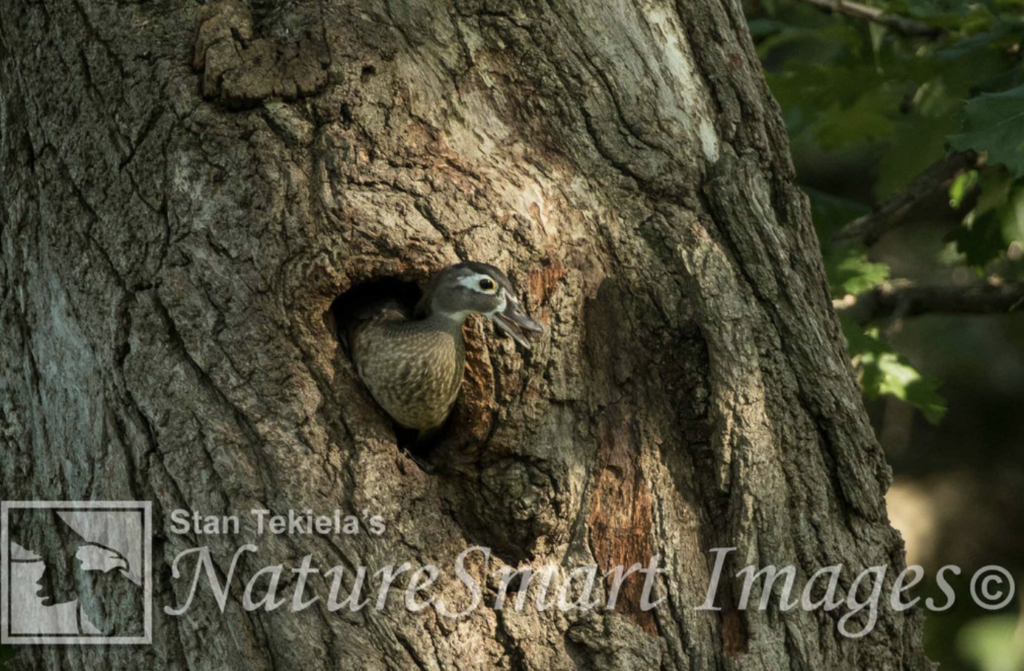
Typically made by woodpeckers, cavity nests are usually used only once by the builder. Nest cavities can be used for many subsequent years by such species as mergansers who, on the other hand, can dig a tunnel up to 4 feet (1 m) long in a riverbank. The nest chamber at the end of the tunnel is already well insulated, so it’s usually only sparsely lined.
One of the most clever of all nests is the no nest or daycare nest. Parasitic birds, such as Brown-headed Cowbirds, don’t build their own nests. Instead, the egg-laden female searches out the nest of another bird and sneaks in to lay an egg while the host mother isn’t looking. The Great Horned Owl takes over the nest of a crow, hawk, or Great Blue Heron, or she uses a partial cavity stump or broken tree.
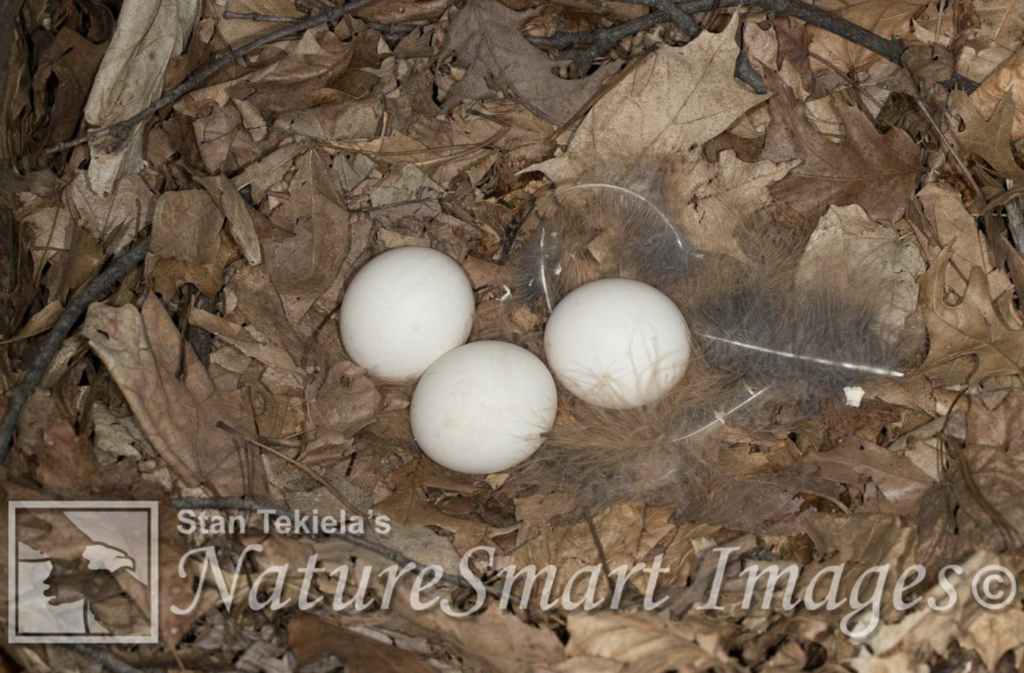
If you enjoyed this story about birds’ nests, sign up for our newsletter now!
More posts from Stan:
Indigo Bunting—A Familiar Summer Visitor
The Nesting Behaviors of Sandhill Cranes
Big Birds, Baby Birds, Birds Everywhere
Stan Tekiela observes Marsh Wrens
The Magical, Mystical World of Sandhill Cranes


